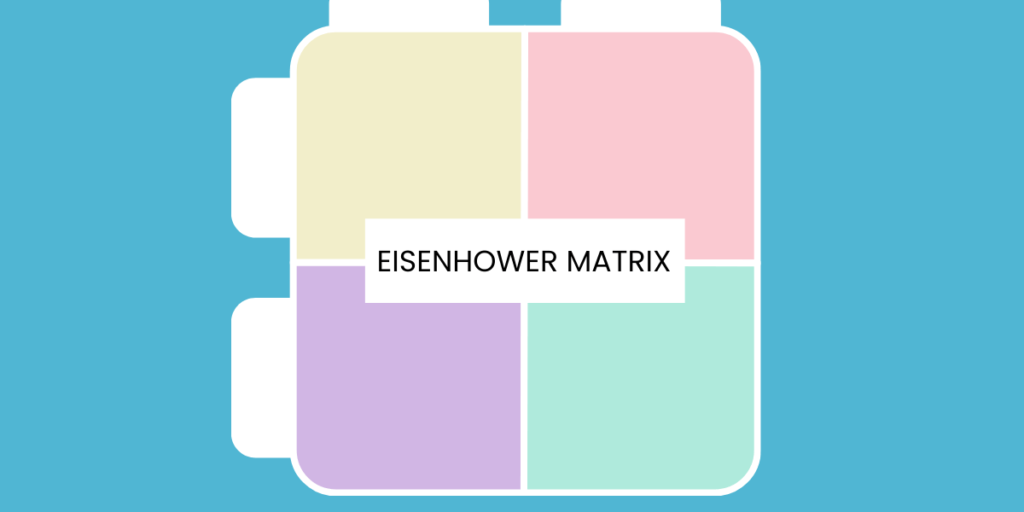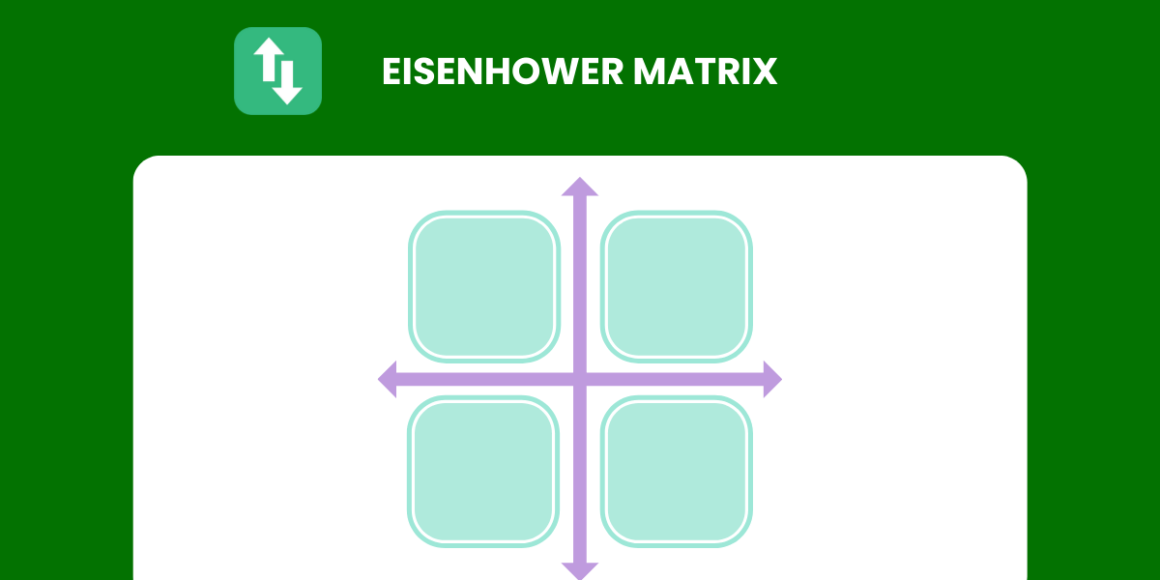Table of Contents Show
Managing your tasks efficiently is necessary for completing work on time and staying productive. With a list of daunting tasks, it’s easy to feel overwhelmed, this is where the Eisenhower Matrix comes in.
Named after U.S. President Dwight D. Eisenhower, this management tool helps people prioritize their tasks based on importance and urgency. This tool ensures that you are working on important tasks and don’t get distracted by unnecessary activities.
In this article, we will explain the Eisenhower matrix, how it works, and how you can use it to prioritize your to-do list.
What is the Eisenhower Matrix?
The Eisenhower matrix is a simple, yet strong tool for organizing your task based on their urgency, and importance. You can categorize your daily tasks into four quadrants in this matrix. This rule makes it easier for everyone to focus on what matters the most in any project. The matrix is divided into four sections.
- Important and Urgent: In this category tasks are necessary and time-sensitive. They must be completed immediately.
- Important but Not Urgent: These tasks are added to the long-term plan but do not need immediate work. They can be scheduled for later.
- Not Important but Urgent: In this category tasks need quick action but they are not necessary to your goals.
- Not Important and Not Urgent: These tasks are not important or urgent and should be eliminated to free up your time.
Eisenhower Matrix Explained: Breaking Down the Quadrants

Quadrant 1: Important and Urgent
This quadrant includes those tasks which are urgent and important. You can categorize them in “crisis” tasks that must be resolved immediately as the consequences might be significant if delayed.
Important and urgent tasks include;
- A critical deadline needs to be met today.
- Emergency at home or work that requires immediate response.
- A client request that has an urgent deadline.
This type of task should be your top priority, and if it is not dealt with at the right time, it can lead to significant setbacks.
Quadrant 2: Important but Not Urgent
In this quadrant, tasks are important for long-term success but are not urgent. You can divide your activities into personal and professional growth but don’t have a serious deadline.
Important but not urgent tasks include;
- Planning your career goals.
- Preparing yourself for a future presentation or any activity
- Regular exercise or health checkups.
Tasks in this category are not as pressing as quadrant 1 but they are critical to maintain system and productivity. You can schedule time for these tasks in your calendar and make sure they get done on time before they become urgent.
Quadrant 3: Not Important but Urgent
Tasks in this quadrant are not important but can move you to big targets if done on time. These tasks might be important to your personal and professional goals.
Tasks in quarter 3 include;
- Continuous requests or interruptions from team members.
- Unimportant phone calls and emails.
- Minimum task that could be handled by some other person.
You can manage the tasks by delegating them to the responsible person whenever possible. If you cannot delegate, try to minimize the time spent on the tasks as they are not as urgent as quadrant 1 and 2 tasks.
Quadrant 4: Not Important and Not Urgent
Tasks in this quadrant are neither important nor urgent. These activities are a waste of time without adding any value to your project.
Quadrant 4 examples include;
- Mindless scrolling on social media.
- Engaging in unnecessary discussions.
- Doing unproductive activities like watching TV.
To maximize your productivity, these tasks should be canceled and not followed in the future.
Read More:
Quadrants of Time Management Matrix
Benefits of Using the Eisenhower Matrix
Eisenhower Matrix offers several benefits such as improving your time management, reducing stress, enhancing productivity, and better decision making. By categorizing the tasks based on their urgency and importance, you can turn your energy into important tasks that really matter.
By dealing with urgent tasks on time and scheduling the less important ones, you can prevent last-minute changes and reduce the pressure and stress of deadlines. With the Eisenhower matrix, you can stay organized, and focused on the task, and spend more time on high-value activities that add up to overall betterment.
Common Mistakes to Avoid When Using the Eisenhower Matrix
Eisenhower Matrix is an excellent tool, but there are some common mistakes that you should avoid;
- Not updating the priorities of tasks throughout the day or week might be a bigger problem.
- Focusing solely on quadrant 1 can lead to burnout, prioritization of quadrant 2 is also important for long-term success.
- Be mindful of what task you delegate. Do not just let tasks in quadrant 4 slide by.
You may also check out:
The Ultimate Guide to Using the Eisenhower Matrix
Conclusion: Master Your Time with the Eisenhower Matrix
The Eisenhower matrix is a significant tool for improving time management, and productivity. You can categorize tasks based on urgency and importance. With this tool, you can make sure that you are always working on what matters most. Use the matrix to prioritize your to-do list, reduce stress, and achieve your long-term goals with greater ease and efficiency.
More Readings For You:










